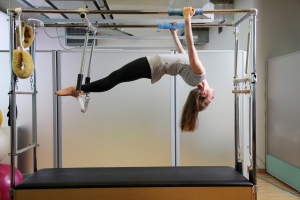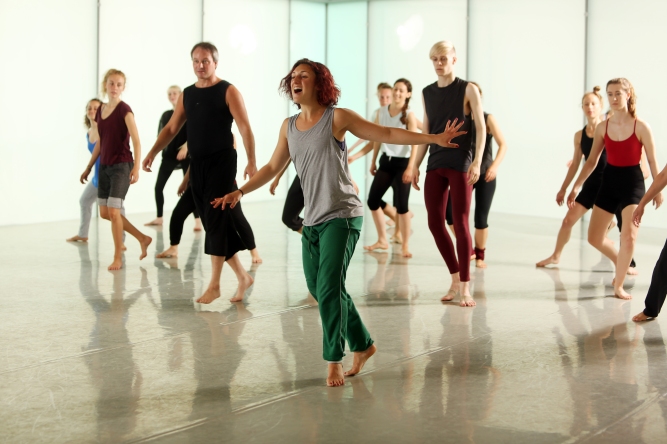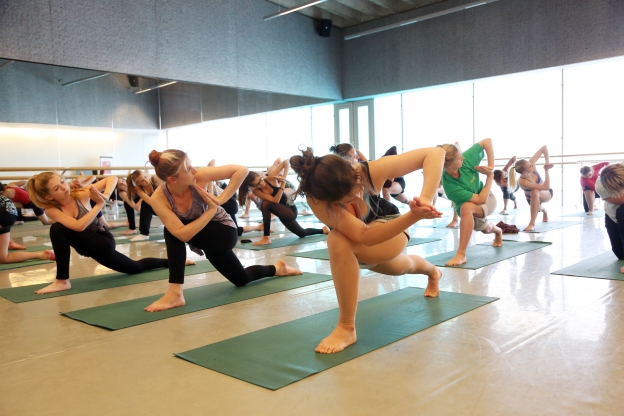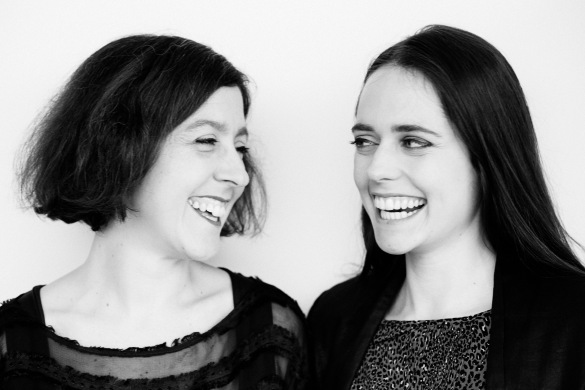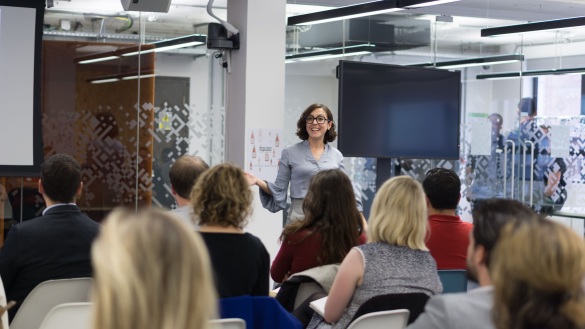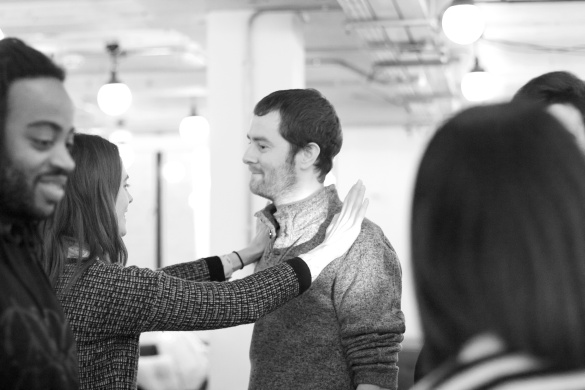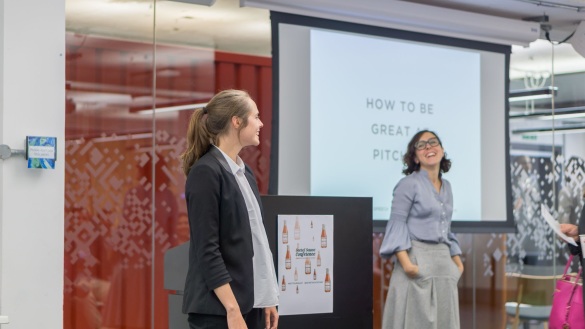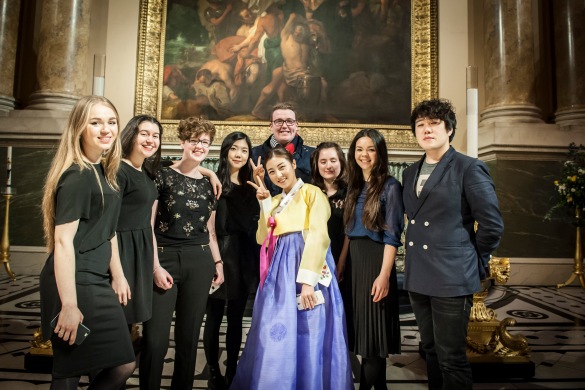Laura Moody is a cellist, vocalist and composer. She was a member of the critically-acclaimed contemporary classical group Elysian Quartet, which formed at Trinity Laban. She released her debut solo album ‘Acrobats’ in 2014.
- How did you develop your musical style?
My path was not a straight-forward one. I started off playing classical cello and then I went to The University of York, where I discovered a lot of contemporary and avant-garde music and learned about extended vocal techniques. After that I did a postgraduate diploma at Trinity Laban to develop my cello playing and I joined Elysian Quartet which specialised in contemporary, improvised and experimental music. In my late twenties I bought a singing course on the internet and I began to experiment with using my cello and my voice together; I had been writing my own songs since I was a teenager, but this was different. I was bringing together elements which I had previously kept separate. I began to perform at open mics in London, some wonderful people took notice and the solo work took off from there.
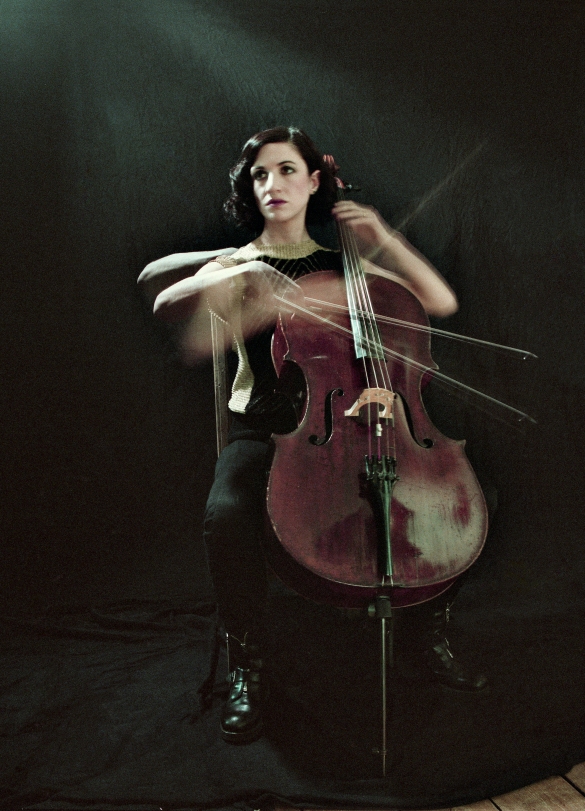
- What happens when you compose a new piece?
For me a new composition starts with what I call my “basic material”: lyrics, melody and a rough idea of the harmony. I start with what I think of as a seed of an idea and its almost as if the whole piece is encapsulated in it and kind of grows from there. I’ll finish the basic material and then (sometimes much much later) return to it and almost create a remix of my own material. Imagining it’s someone else’s song leads to all kinds of interesting places, and allows me to explore textures and techniques with my voice and the cello which I might not think of otherwise. When it comes to writing lyrics I think it’s crucial to ask yourself ‘what do the words feel like to sing?’ They’ve got to feel good to sing, so for me writing is an experiential process as well as a cerebral one.
- What was it like to come back to Trinity Laban to give a talk for the composition department?
It felt natural to come back because I recorded my debut solo album ‘Acrobats’ in the recording studios here. This was a little different, and it was really enjoyable to meet the current students. I’m always interested in what people are doing and in seeing the ways in which they grow as musicians.
- What plans do you have for the coming year?
I’m looking forward to some exciting collaborations, as well as a solo tour. I’ll be at Aldeburgh Music, collaborating with sound artist Clay Gold on a theatre piece. I’m working with Philip Selway (he of Radiohead) on the string arrangements for a film score, scoring a radio play, and I’m scoring and performing in a new show based on Strindberg’s “A Dream Play” with the brilliantly inventive theatre company Baz. After working with the Elysian Quartet for so long, and suddenly losing our beloved viola player Vincent last year, it’s important for me to find new ways to collaborate with other people, especially as I’ve been doing a lot more solo music recently.
- What advice would you offer young composers at Trinity Laban?
Don’t compartmentalize yourself too much. It’s easy to categorise yourself, your craft, and your sense of aesthetics. You should combine different aspects of yourself and not be afraid to draw from all of those aspects when you make music.
To find out more about Laura’s music and catch one of her UK tour dates click here.
Marlowe Thornes-Heywood
Graduate intern – Press & PR

